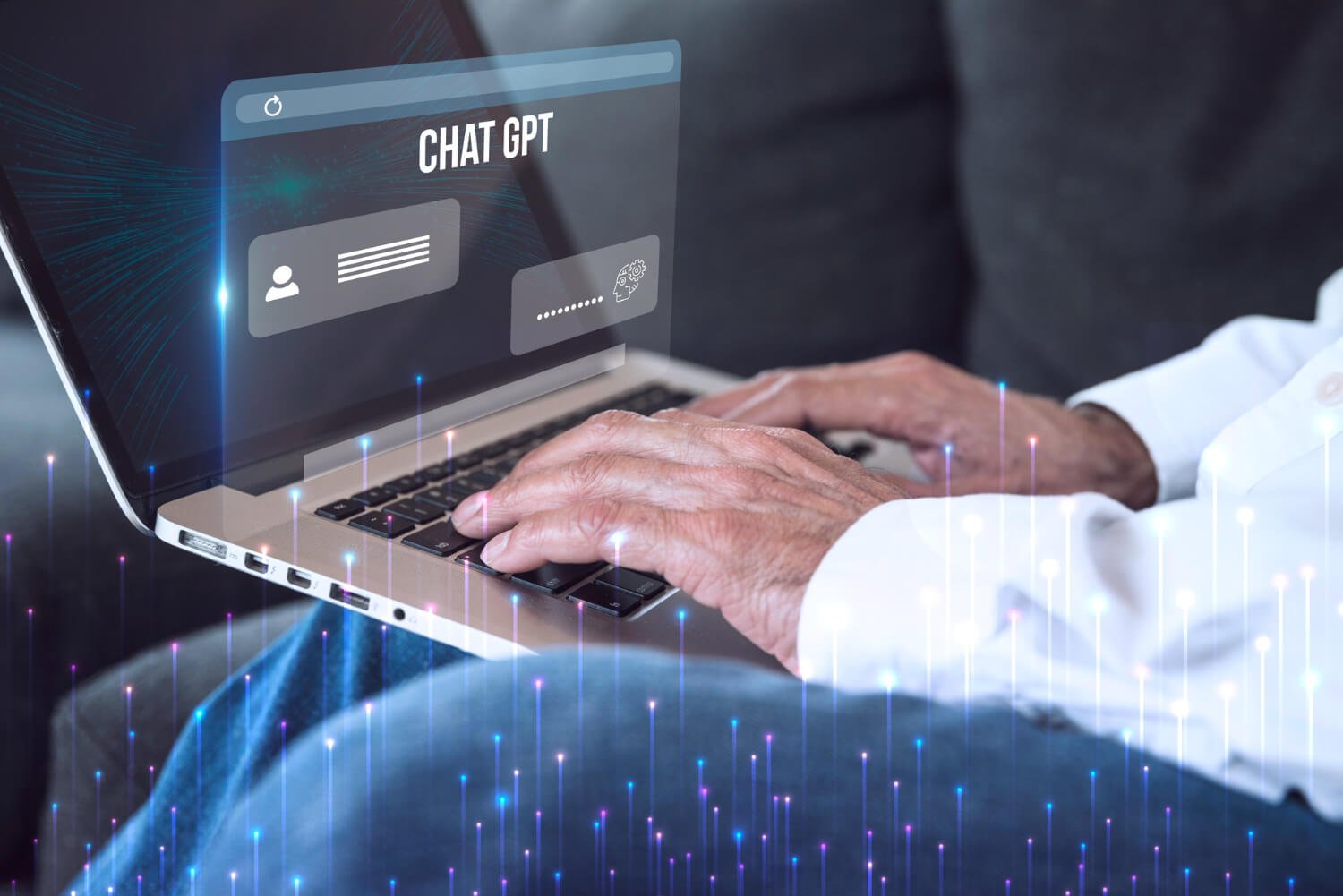Introduction:
Have you ever wondered what the future holds for AI text generation? The OpenAI GPT series has consistently amazed and intrigued us with its advancements. With GPT-5 on the horizon, anticipation is at an all-time high. What can we expect from this latest iteration?
As we eagerly await official announcements, let’s look at what GPT-5 might bring to the table. From enhanced language understanding to more nuanced responses, the potential seems limitless. But amidst the excitement, it’s crucial to consider the ethical implications and ensure responsible development.
In this blog post, we’ll explore the possibilities that GPT-5 offers and discuss the importance of ethical AI advancement. Join us as we peek behind the curtain of innovation and gain insights into the future of AI-powered text generation. Get ready to embark on a journey of discovery and learn what GPT-5 has in store for us.
A Glimpse into GPT-5’s Capabilities
While there’s no official word from OpenAI about GPT-5, experts are buzzing with excitement over the potential capabilities it might bring. Picture this: a leap beyond simple text generation into a realm where the AI not only writes like a human but can also explain its thought process. It’s like having a virtual assistant who not only gets things done but also shows its work, step by step. This could be a game-changer, especially for complex tasks where understanding the reasoning behind decisions is crucial.
But that’s not all. GPT-5 could turbocharge efficiency to a whole new level. Think about getting instant responses or solutions, even in real-time situations. Whether it’s powering up translation services or acting as a lightning-fast problem solver, the potential applications are vast.
And let’s talk about language barriers. With GPT-5, language might no longer be a hurdle. It could seamlessly switch between languages, opening up doors for global collaboration and knowledge exchange. From classrooms to boardrooms, breaking down language barriers could reshape how we communicate and collaborate on a global scale.
Looking back at the buzz surrounding GPT-4, it’s clear that OpenAI is onto something big. The whispers about its capabilities in conversations and video processing have left us all wondering what’s next. Well, let’s take a peek into the crystal ball and see what GPT-5 might have in store.
Beyond Text: A Look at GPT-4’s Successor
First up, let’s talk about videos. GPT-4 hinted at some serious skills in video processing, but GPT-5 could take it to a whole new level. Picture this: AI tools that not only bring your text to life in video form but also spin captivating tales and narratives.
Now, onto coding. GPT-4 showed some promise in generating code, and GPT-5 could refine this further. Imagine having a coding buddy who understands your natural language instructions and churns out code snippets or even whole programs. This could be a game-changer for programmers, boosting productivity and creativity.
Last but not least, let’s talk science. GPT-5’s knack for processing information and spotting patterns could be a goldmine for researchers. It could sift through mountains of data, suggest new theories, and even design experiments. With GPT-5 on board, scientific breakthroughs could be just a conversation away.
The Societal Impact of GPT-5
As we eagerly anticipate the arrival of GPT-5 and all its potential wonders, it’s crucial to take a step back and consider the broader societal impact it might have. While the possibilities are undoubtedly thrilling, there are also important considerations that we cannot afford to overlook.
First and foremost, let’s talk about jobs. With the kind of automation that GPT-5 could bring, there’s a real concern about job displacement in certain industries. It’s not just about losing jobs; it’s about equipping people with the skills they need to thrive in this rapidly changing landscape. We need to be proactive about reskilling and upskilling the workforce to ensure that nobody gets left behind.
Then there’s the ethical side of things. We’ve all heard about bias in AI models, and it’s a legitimate worry. As we unleash GPT-5 into the world, we need to be extra vigilant about mitigating bias in its training data and algorithms. Ensuring fair and ethical outcomes should be non-negotiable.
And let’s not forget about transparency. As GPT-5’s capabilities grow more complex, so too does the need to understand how it reaches its conclusions. Transparency in the development process and the ability to explain its reasoning will be vital for building trust in GPT-5’s outputs.
So yes, while we’re excited about the endless possibilities that GPT-5 could bring, we must also approach it with a sense of responsibility. By addressing these concerns head-on, we can ensure that GPT-5 truly becomes a force for good in the world.
The Road Ahead: Collaboration for Responsible Development
As we look back on OpenAI’s remarkable journey with GPT models, it’s clear they’re committed to pushing the boundaries of AI. With the anticipation building for GPT-5, it’s time for us to engage in crucial conversations about responsible development. This isn’t a task for just one group—it requires collaboration from researchers, developers, policymakers, and the public alike.
First things first: we need clear guidelines and regulations for developing and deploying advanced AI models like GPT-5. This sets the stage for responsible innovation and ensures that these powerful tools are used ethically.
Equally important is building fairness and accountability into GPT-5 from the ground up. By paying close attention to how it’s designed and trained, we can minimize biases and unintended consequences that might otherwise slip through the cracks.
We need to invest in education and workforce development initiatives to prepare society for the changes that GPT-5 and similar AI advancements might bring. By equipping people with the skills they need to thrive in this new landscape, we can turn potential disruptions into opportunities for growth.
Ultimately, GPT-5 represents a chance to harness AI for positive change. By fostering open dialogue, prioritizing responsible development, and working together, we can ensure that GPT-5 becomes a tool that empowers humanity and shapes a brighter future for all.
Conclusion: OpenAI GPT-5
In conclusion, as we eagerly anticipate the arrival of GPT-5, we must approach its development and deployment with a keen awareness of both its potential benefits and societal implications. Through collaborative efforts among researchers, developers, policymakers, and the public, we can ensure that GPT-5 is developed responsibly and ethically.
By establishing clear guidelines and regulations, fostering fairness and accountability, and investing in education and workforce development, we can navigate the challenges posed by advanced AI models like GPT-5 while harnessing their transformative potential for positive change.
Ultimately, GPT-5 represents not just a technological advancement, but a pivotal opportunity to shape the future of AI in a way that empowers humanity and fosters a brighter, more equitable society. It is through our collective commitment to responsible development and collaboration that we can realize this vision and ensure that GPT-5 becomes a tool that serves the greater good.

